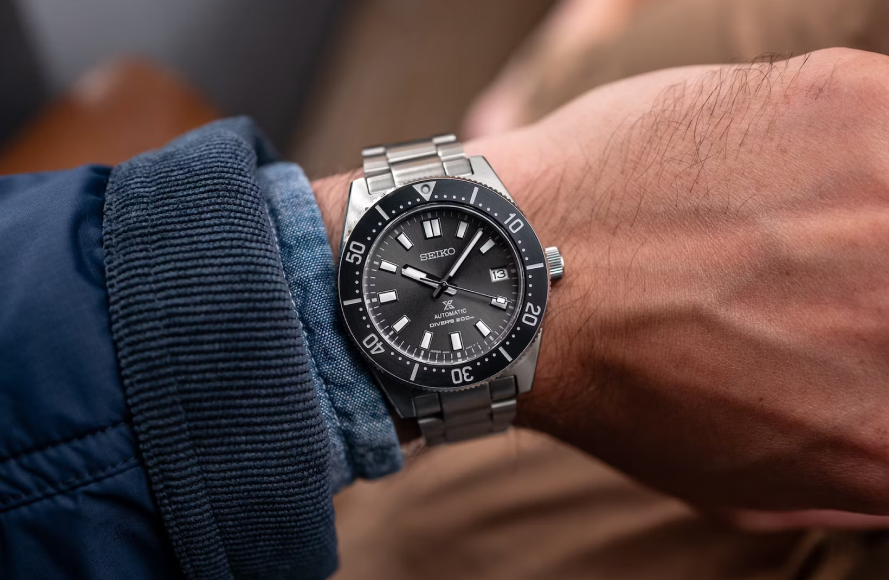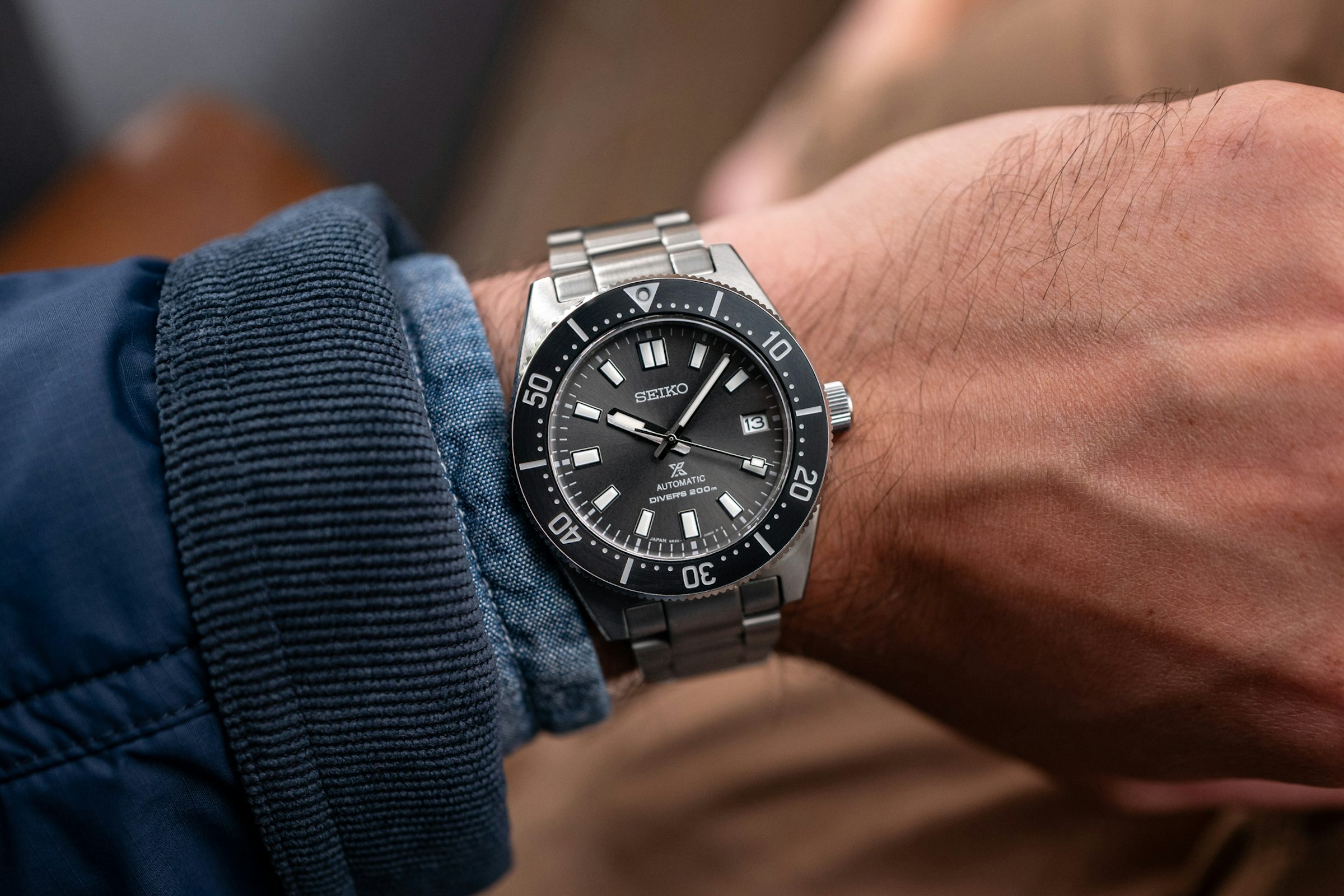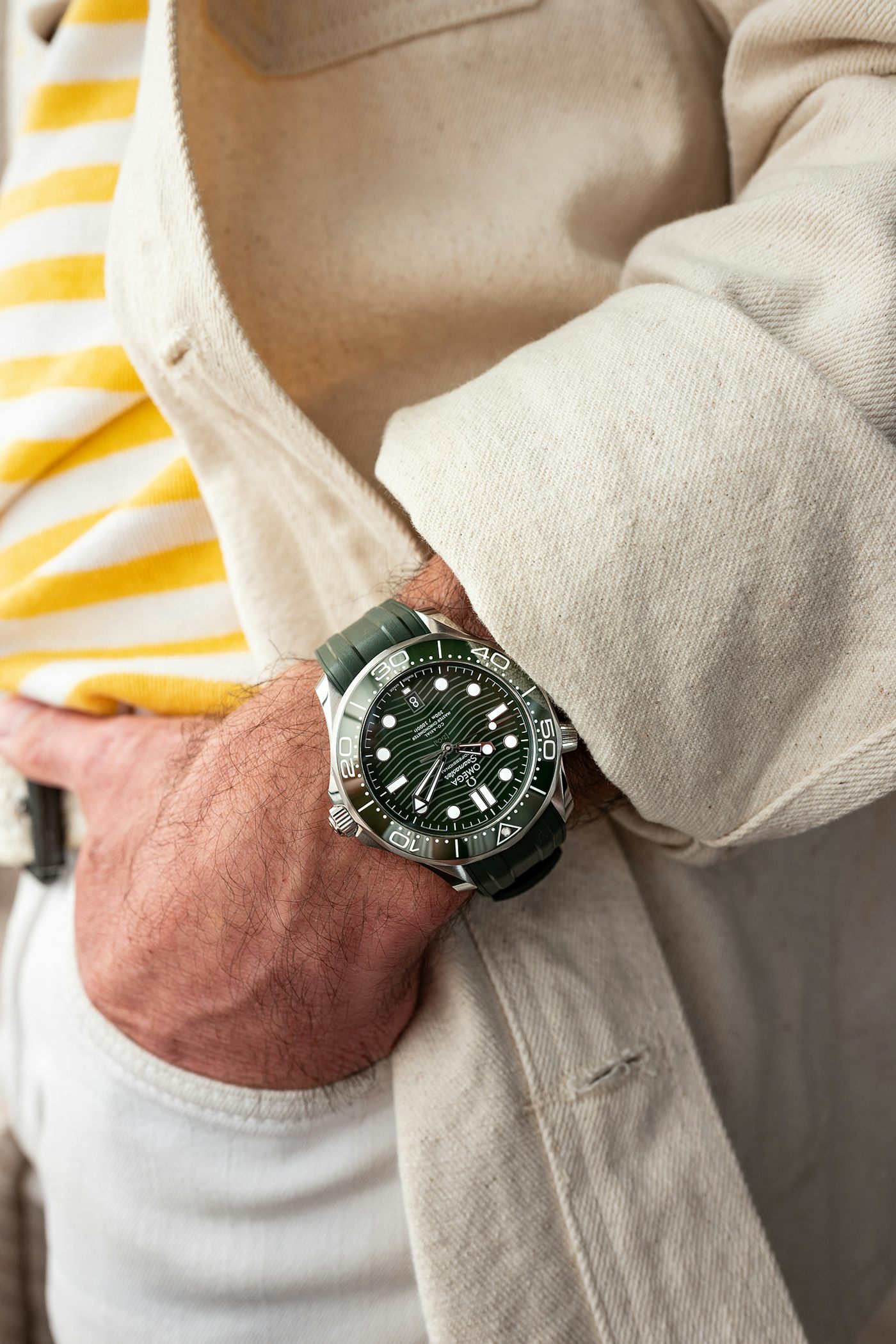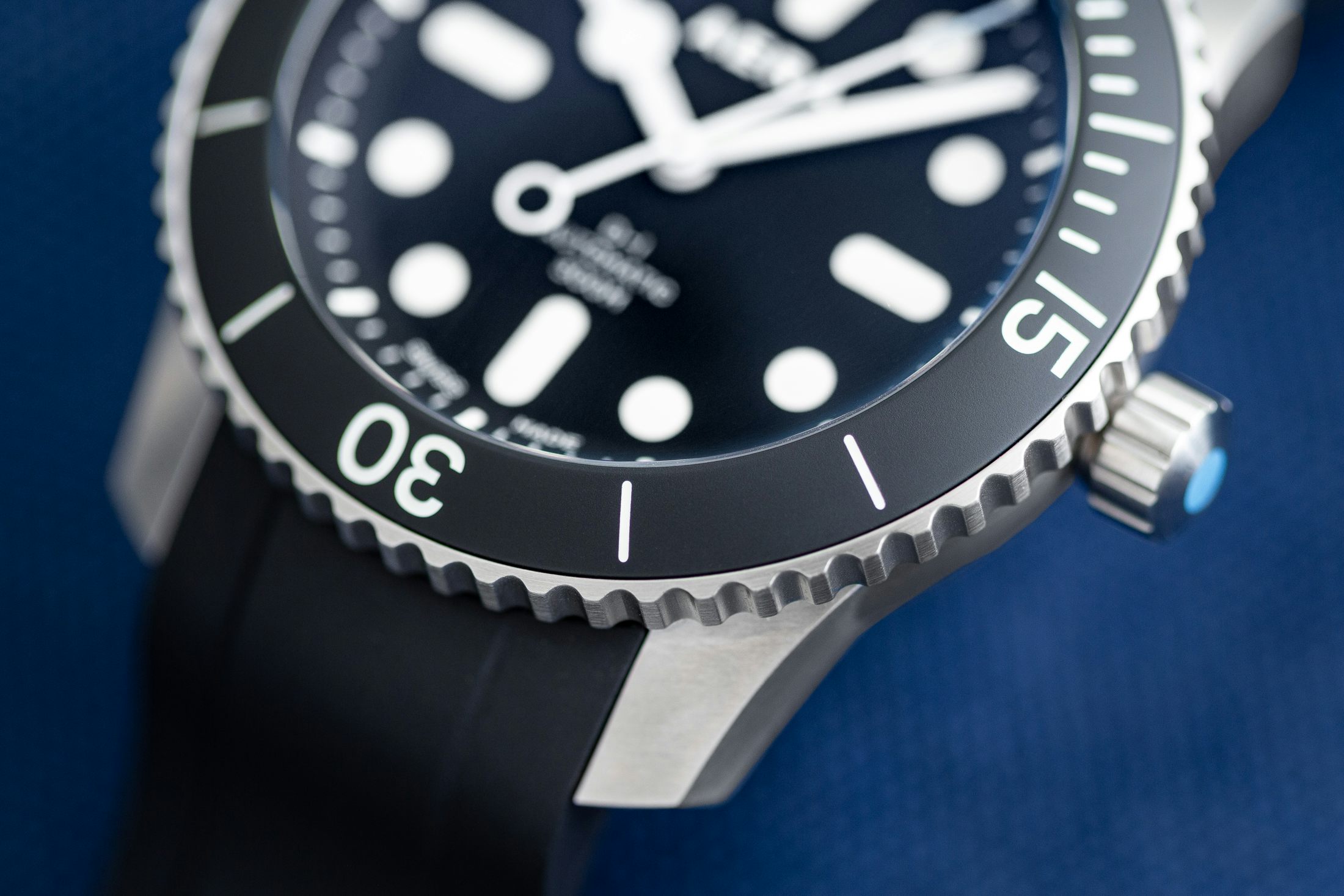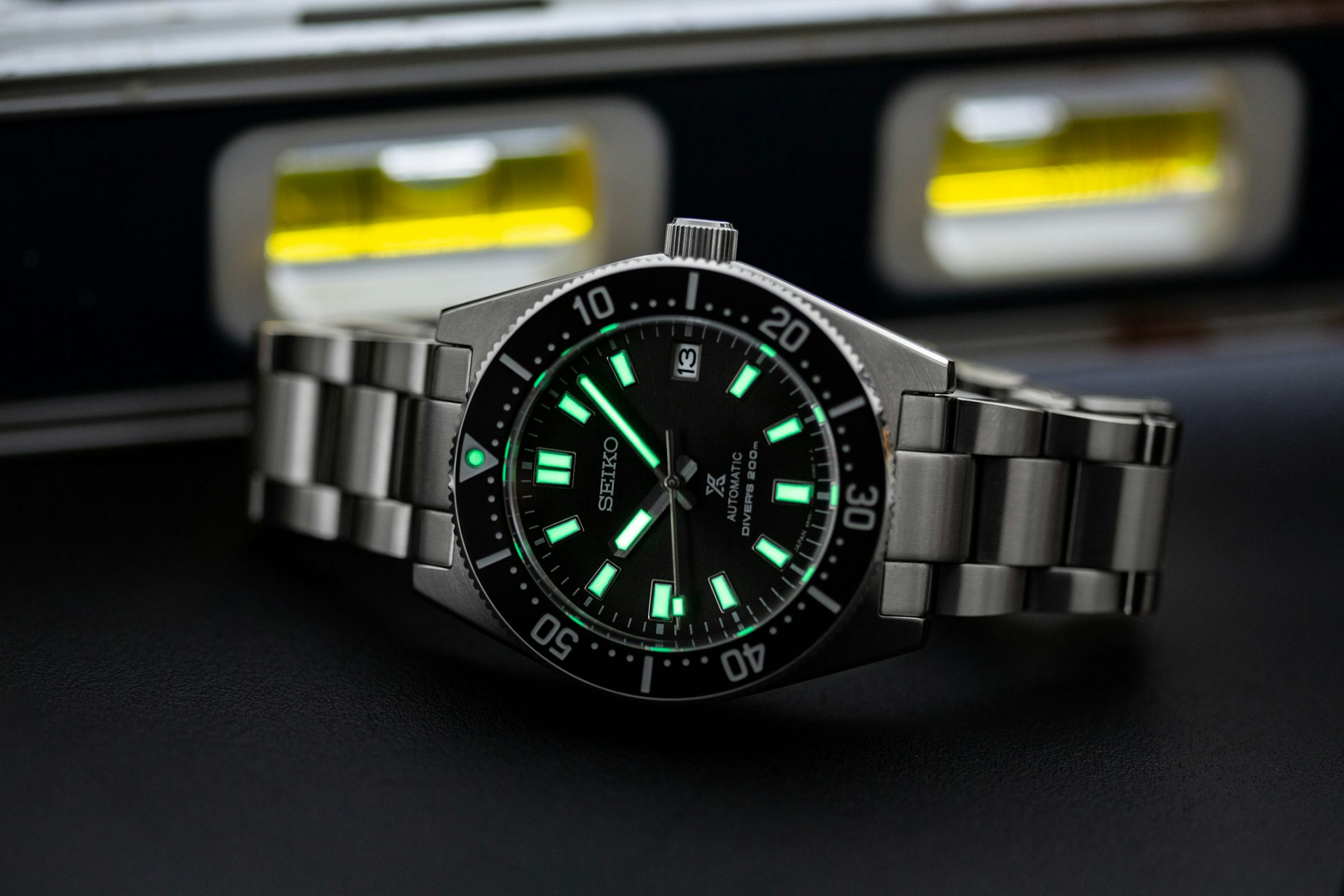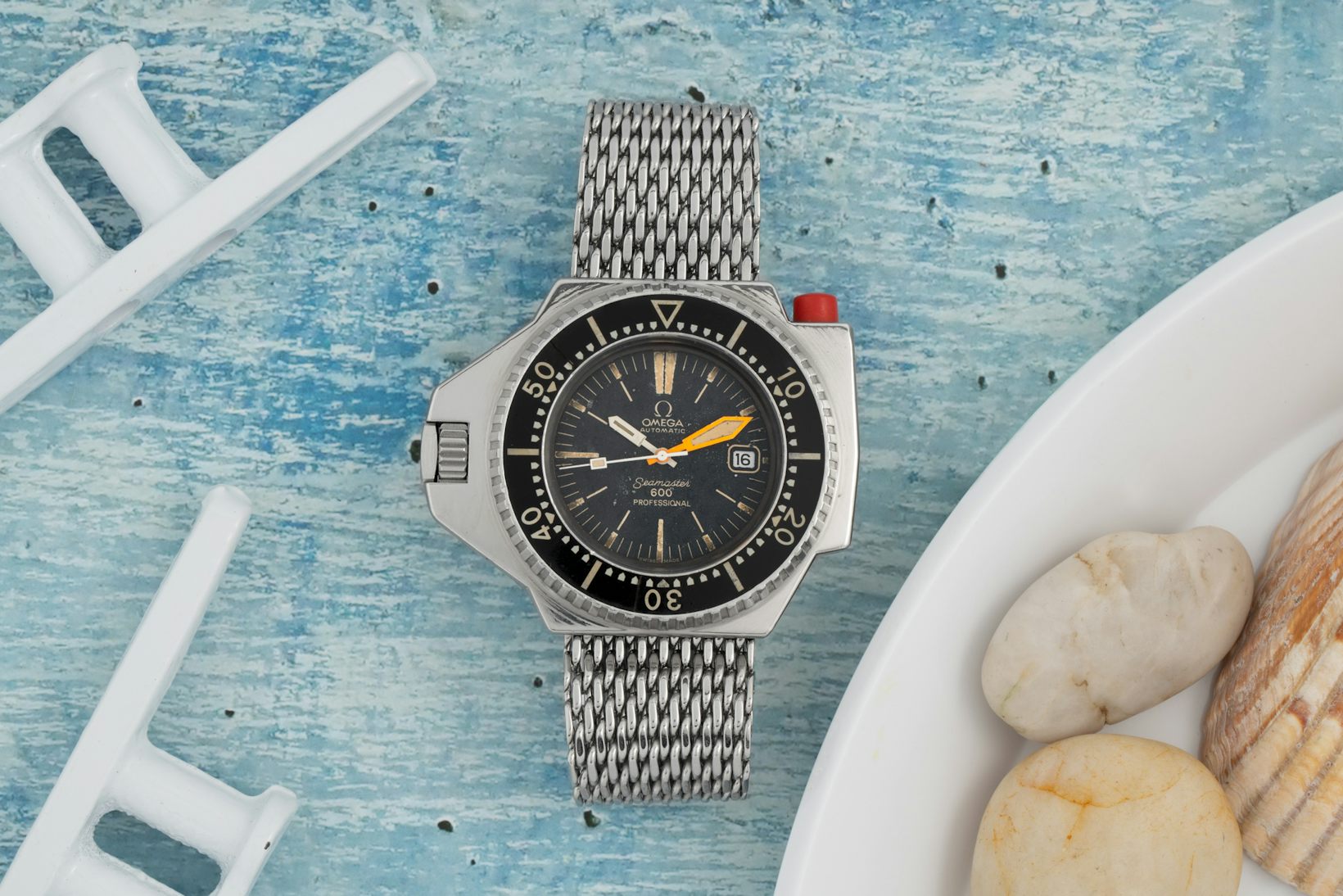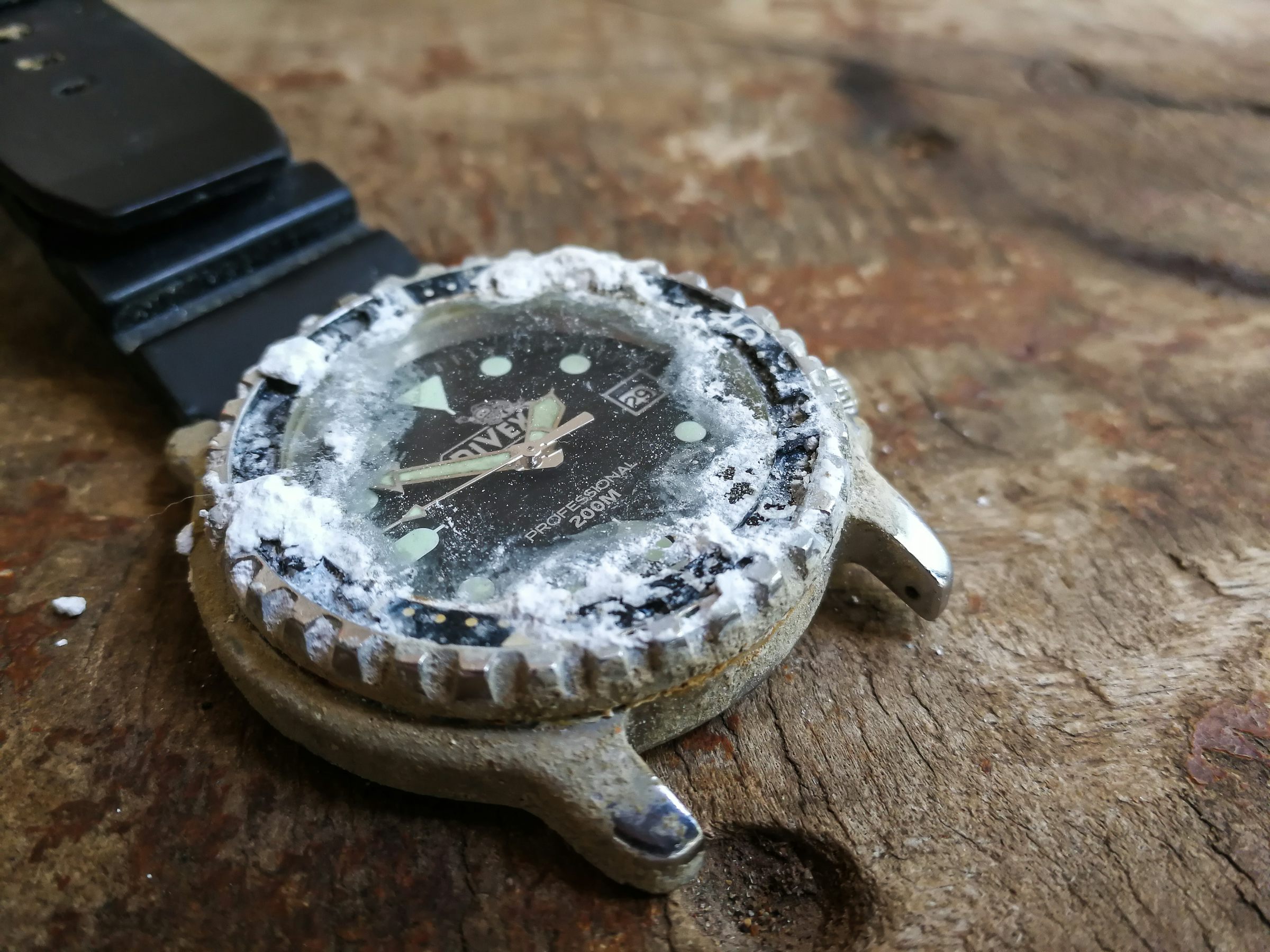Beginner’s Guide: Nine Things You Should Know Before Buying Your First Dive Watch
From the most technical of desk divers to the newly SCUBA-certified, picking a dive watch is not always as simple as it should be.
Look, I get it, just like with diving, dive watches are not for everyone. But, if World Oceans Day has you considering a dive watch for the weekends or perhaps even a diving certification to call your own, it’s best to consider a few basic pointers to separate the useful tools from the murky waters of watch marketing.
The following is a consideration of a few things that will seem obvious to the divers and dive watch nerds among us, but is far from conventional knowledge to the non-diver. So, if you want to dip a whole lot more than your toe into the world of SCUBA and its myriad dive watches, here’s some hopefully helpful advice.
By design, all dive equipment should be over-engineered. That way, if you have a problem, there is some extra safety and capability built into your gear. This is why dive watches commonly have a depth rating of 200m despite the fact that in all but the most hardcore of diving, that depth rating is more than double what is actually required.
I’m not exaggerating. Those who have gone through PADI certification (or similar) for diving will know that recreational diving outfits train divers for a maximum depth of 30-40 meters. If you want to go deeper, you have to complete very specialized and entirely non-casual training.
For all but a handful of elite divers in the world, 200 meters of water resistance is more than enough. Anything more is for cool points on the dive boat and little else.
Most recently updated in 2018, ISO 6425 is a standardization for dive watches maintained by the International Organization for Standardization. Like any standard, it suggests a series of capabilities and design elements that should make a watch suitable for diving and how the watch can be labeled by the manufacturer.
While it has become a sort of bar by which many hold any and all dive watches (especially in internet-based arguments), it’s worth considering that it is a standard and not a law. The basics are sound – and I’ll quote from the ISO – “It applies to divers’ watches designed to withstand diving in water at depths of at least 100m and equipped with a secured measuring system to indicate the diving time, which is visible in darkness.”
If you happen to have a dive watch that falls outside of the current spec, such as one without a luminous pip at the zero point on the elapsed time scale or even a dive watch that doesn’t have a luminous element for each 5-minute marker, that doesn’t mean your watch cannot be used for diving or wouldn’t make a good backup for a dive computer. The spec is meant to be holistic and open to evolution – not perfect.
This is one I had to learn as I progressed through my dive and dive-watch career – your dive watch does not have to be a giant lump of steel that only works over a wetsuit or when you’re surrounded by a literal ocean’s worth of free space. Sure, a hardcore and extra toolish dive watch can be a ton of fun, but as outlined above, you just need a watch that fits a pretty achievable list of specifications.
I’ll keep this simple, your dive watch can easily also be your everyday watch. Think of the Rolex Submariner, Omega Seamaster, or about a thousand different Seiko dive watch references – all of which can be worn every day while also handling just about any dive you may have in mind. Unless it’s more fun for you to wear something that only makes sense underwater, consider something that manages both the capable and the casual.
If you’re buying a dive watch with the intention of taking it diving, you’ll need to actually use the bezel for more than timing a pizza delivery. The trouble is, many bezels are not designed to offer a good grip when wet or when you’re wearing gloves. Sure, there are scenarios in which you set the bezel when your hand and the watch are both dry, perhaps on a dive boat – but what about a dive that requires an extensive surface swim, or if you want to spin the bezel at depth to track something other than bottom time?
Some of my earliest and most clumsy moments in diving involved trying to grip the thin band of notching (or worse, a smoothly scalloped bezel) with 7mm wetsuit gloves while bobbing in the waves over a dive site, watching my co-divers descend as my grip slipped or the bezel spun past the intended mark.
It’s not exactly a make-or-break feature, but I distinctly remember diving Kelvin Grove in Vancouver while wearing a Seiko SRP777 and being able to easily set the bezel thanks to the shape and knurling (jimping?) on the bezel. It’s the small things that make a tool watch, well, toolish.
When you’re not diving, the ideal lume glows brightly and for a long time. Diving changes this scenario. If you need your lume underwater, it means that you’re either diving in murky/dark water or you’re on a night dive. Either way, you should have a flashlight of some sort.
Thus, longevity is less of an issue underwater as you can quickly charge your lume with a flashlight and most dives are commonly between 30-60 minutes in length. What is crucial is legibility. How quickly can you glance at your watch and divine the minute hand and its position relative to the pip on the bezel?
Having done most of my own diving around Vancouver, dark and murky water was largely the norm and, given that my dive computer did not have an active backlight, I found that I commonly used my dive watch to have a quick look at my elapsed time. My dive computer could be charged with a light, but it lasted only a couple of minutes whereas most any decent dive watch would be glowing from the surface swim alone.
Most dive watches are sold with an everyday option for the strap, be it a bracelet or some other option. Some come with a second option for diving, while others package a dive extension into the clasp of the bracelet. The usefulness of these solutions will vary greatly depending on where you dive and what you wear as an exposure layer (think: the thickness of a wetsuit or, thicker still, a drysuit).
If you’re diving in warm water, you may be able to flip open that extension and slide your dive watch over the cuff of a thin wetsuit. Or, the water may be warm enough that you won’t feel the need for gloves, so the watch can stay at its normal spot on your wrist.
But, if you diving in cooler water or simply prefer the safety and warmth of gloves, you’ll need a solution that offers more extension, be it a rubber strap of suitable length, a bracelet with a fantastic extension system like that found on the Tudor Pelagos, or even an additional length of strap used as an extension to wrap around the forearm of your drysuit.
I’ve used all of the above solutions and the most elegant is definitely that of the Tudor, but a long rubber strap is hard to beat and can easily be swapped in on a dive day. This is something worth thinking about if you’re planning to get certified and dive in less-than-tropical environments.
While it may seem obvious that there will be less available light as you dive deeper underwater, did you know that the changes in light also affect the colors that will be visible to your eyes without a flashlight?
It’s true! While dive watches are among the most multi-colored designs on the market, color is absorbed at depth based on the wavelength of a given color range. The longer the wavelength, the less it penetrates to deeper depths. As such, red fades around 15ft, orange around 25ft, yellow makes it to as much as 45ft, and green will be gray by 75ft. Furthermore, these ballpark figures include horizontal travel for light underwater, so color can start to disappear very quickly.
As much as I love a Doxa Professional, that bright orange dial might be best-suited for the deck of a dive boat or a tiki bar after a great day of diving.
This goes for all dive gear, but especially for watches and even more so if you’re still developing your SCUBA acumen – a complicated dive watch only gets in the way.
See that burly dive watch with the helium escape valve, the locking bezel mechanism, and the tiny hand indicating your depth on the dial? You don’t need it. It may be cool – it almost certainly is – and it may even be functional, but you don’t need it. A dive watch should be a simple, easy-to-use thing. Added complexity only occludes the base functionality (that is, to track how long you’ve been diving) under layers of marketing material and ergonomic pitfalls.
Look at the classics, they cover all the bases without missing the point of why you’d bother to use them while diving in the first place.
This will be drilled into you if and when you get certified, but all dive gear requires some minimal service after a dive, and that includes your dive watch. The main element, especially if you’re diving in salt water, is to rinse off your gear with fresh water.
Did you take your watch diving? Rinse it off or you risk allowing grit and salt deposits to build up under the bezel and inhibit proper use.
Aside from rinsing, get your watch serviced at the appropriate intervals and make sure to have the watchmaker run a pressure test to verify that your watch remains up to spec. Skipping these simple steps would be as silly as forgetting to screw down the crown before a dive. Either way, enjoy the flood.
Get More Articles Like This in Your Inbox
We're constantly creating great content like this. So, why not get it delivered directly to your inbox? By subscribing you agree to our Privacy Policy but you can unsubscribe at any time.





